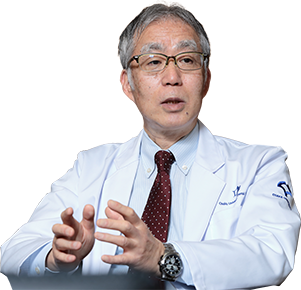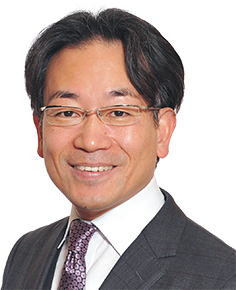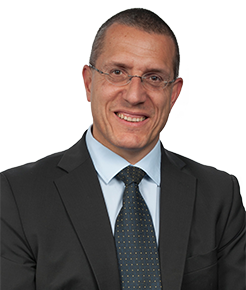


 9:00〜12:00
9:00〜12:00
Regenerative Dentistry: Where We Are and Where We Are Going

Moderator
Prof. MURAKAMI, Shinya
Osaka University Graduate School of Dentistry
-
Future Directions for Regenerative Dentistry
Regenerative dentistry is originally based on the use of biomaterials; however, they are not always effective, particularly in challenging bone defects. Solutions to overcome these limitations may include stem cell-based regenerative medicine. We have successfully fabricated osteoinductive bioengineered bone grafts using iPS cells, which possess high bone regeneration capacity even as a freeze-dried material. We have also found that titanium implants with specific nano-surfaces induce periodontal ligament (PDL)-like structures as PDL-hybrid implants. In this presentation, I will talk about our innovation strategy toward the next generation regenerative dentistry, with an emphasis on cutting-edge research approaches using stem cells and nanotechnologies.
What value does regenerative medicine have in a generation where people have 100 years to live? Manipulating periodontal tissues and creating tooth strucutures with the latest science and technology From regenerative medicine technology to high-precision medical care
Regenerative Medicine,Periodontal Tissue Regeneration,Tooth Regeneration,In Situ Tissue Regeneration,Nanotechnology,Biohybrid Implant,iPS Cell,Organoid,Precision medicine
-
Future Outlook of Periodontal Tissue Engineering
Topical application of basic Fibroblast Growth Factor (FGF-2) as signaling molecule into vertical alveolar bone defects stimulates significant periodontal regeneration. Interestingly, it was also reported that combinatory use of FGF-2 and bone graft material increased the efficacy for periodontal regeneration, compared to FGF-2 alone. In this symposium, the data of basic and clinical studies regarding FGF-2 medicine (Regroth®) will be demonstrated and the efficacy of combinatory use of Regroth® and Cytrans® granules, synthetic bone graft material of carbonated apatite, will be also discussed.
Current status and issues of periodontal tissue regeneration therapy using signal molecules, specifically FGF-2 The combined effect of FGF-2 and bone graft materials Future prospects for stem cell transplantation therapy
Tissue Engineering, Signalling Molecule, Scaffold Material, Stem Cells, FGF-2, Bone Graft Material, Periodontal Ligament Cells, Mesenchymal Stem Cells
-
Emerging Concept in Periodontal Regeneration
Presentation of the need for a better understanding of the biologic processes involved in periodontal wound healing and regeneration. Role of biologic agents, scaffolds, and bone grafts. Presentation of new data on the potential of newly developed synthetic bone grafts (Cytrans®) for periodontal regeneration. Outlook in the future.
Biology of Periodontal Wound Healing and Regeneration,Biologic Agents,Scaffolds,Newly Developed Bone Grafts




